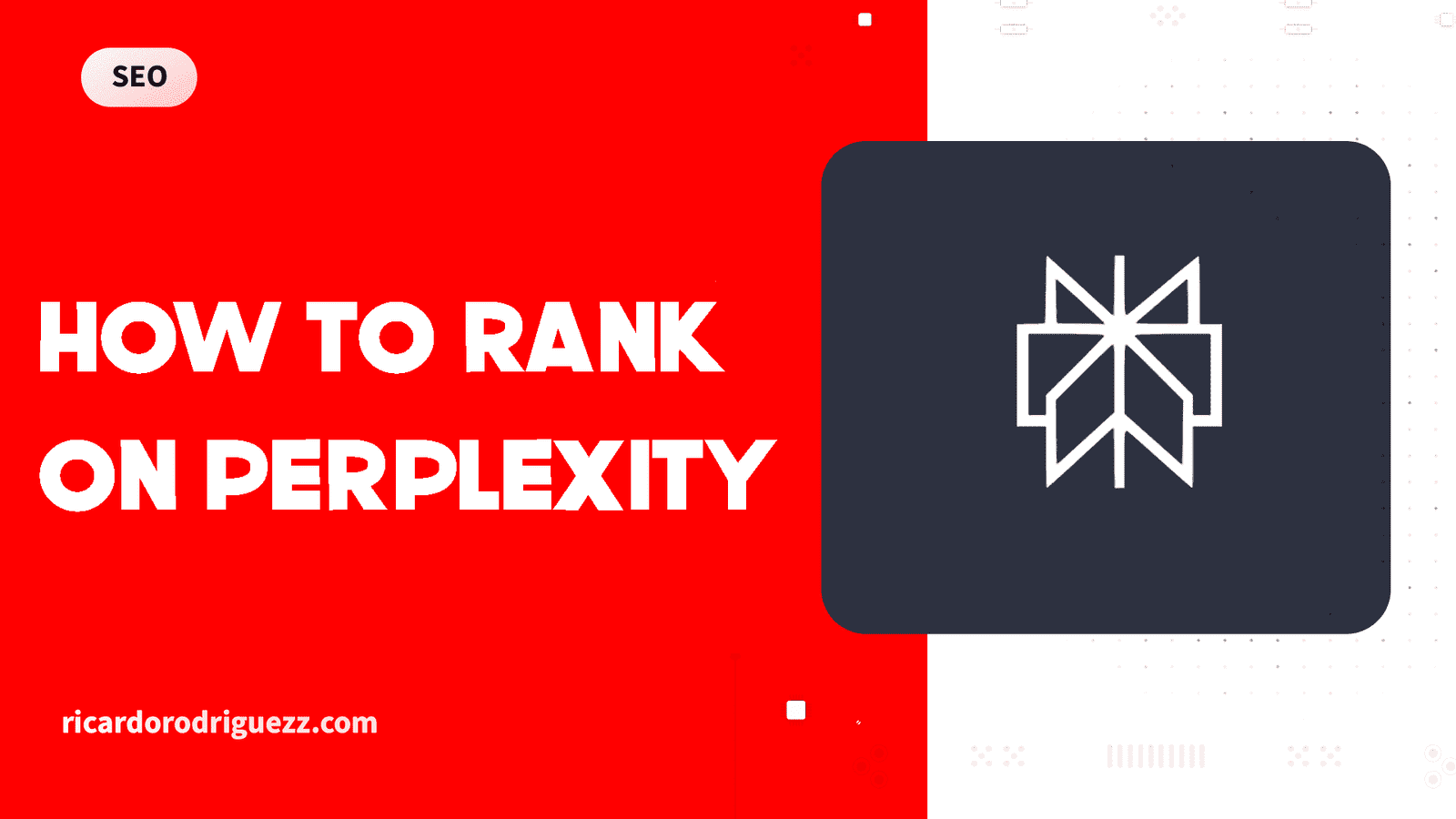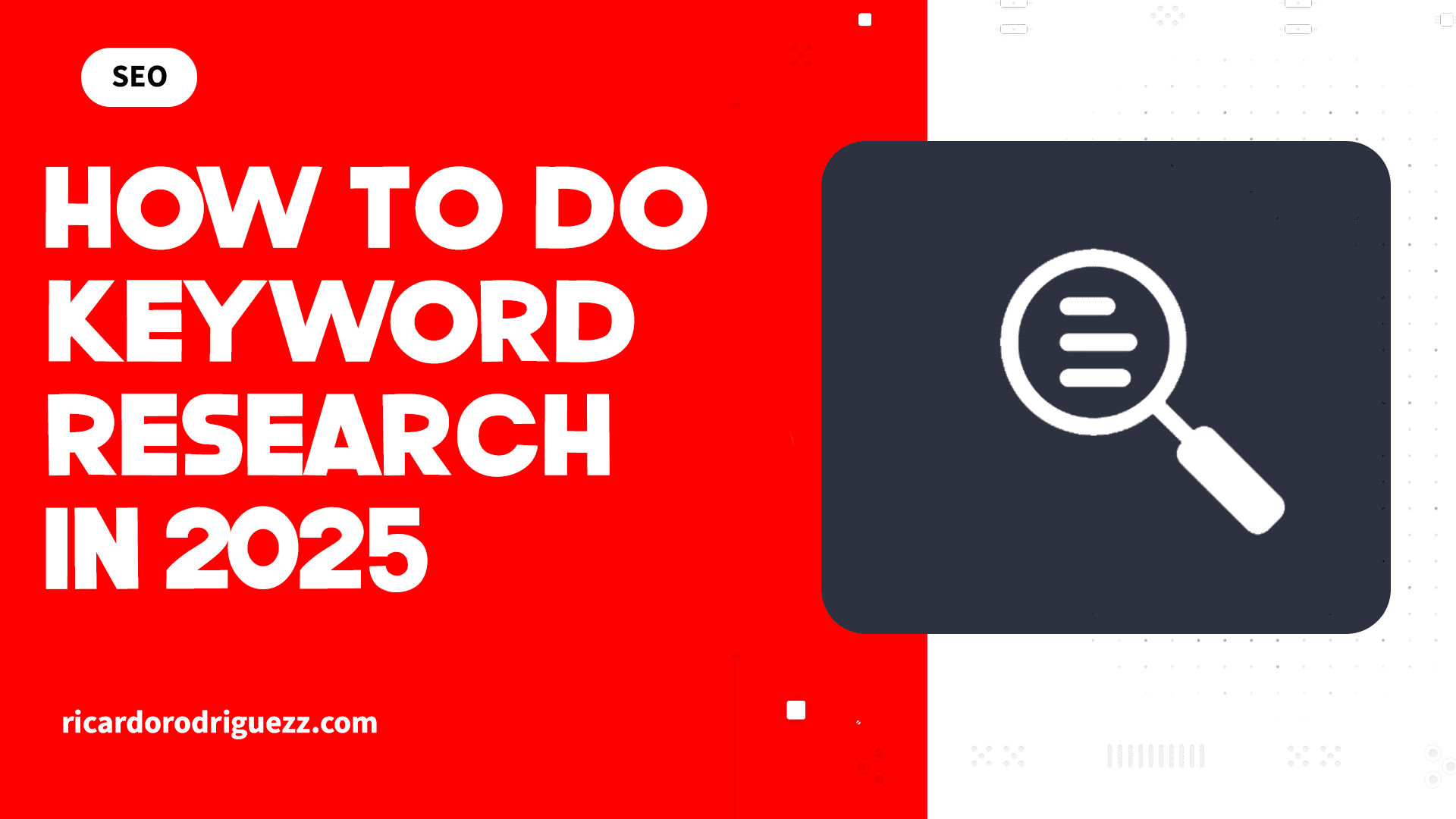If you’re wondering how to rank on Perplexity, you’re not alone. With AI-powered search engines reshaping how users find information, understanding Perplexity’s ranking algorithm has become crucial for modern SEO success. Recently, Metahan Yaser uncovered critical insights about Perplexity’s ranking factors, and I’m breaking down exactly what you need to implement to boost your visibility.
Here’s the thing: Perplexity isn’t just another search engine. It’s fundamentally changing how content gets discovered, and if you’re not adapting your strategy, you’re already falling behind.
The First 30 Minutes Are Everything
When you publish new content, Perplexity evaluates its performance within a critical 30-minute window. Your post needs to hit 1,000 impressions minimum to qualify for broader distribution. That’s not a typo – one thousand impressions in half an hour.
Think about that for a second. Traditional SEO gives you weeks or months to build momentum. Perplexity? You’ve got 30 minutes to prove your content deserves visibility.
Here’s what actually moves the needle:
Immediate distribution strategies:
- Share across all your social channels (X, LinkedIn, YouTube) immediately upon publishing
- Ensure your click-through rate exceeds 4.2%
- Craft compelling titles and meta descriptions that demand attention
- Skip the soft launch – go all-in from minute one
This aggressive approach might feel uncomfortable if you’re used to traditional SEO tactics, but adapting to this real-time evaluation system is essential for success.
Topic Selection Makes or Breaks Your Success
Not all topics are created equal in Perplexity’s eyes. The algorithm applies multipliers based on topic value, and choosing wisely can mean the difference between obscurity and visibility.
High-value topics (strong multipliers):
- AI and technology
- Science and research
- Marketing and business
- User-subscribed topics (3x multiplier)
Topics to avoid:
- Entertainment (severely demoted)
- Sports (lowest multiplier)
- General education content
If you’re creating content about AI developments or marketing strategies, you’re already ahead. But if you’re covering last night’s game or celebrity news, you’re fighting an uphill battle. The algorithm’s topic bias is real and significant.
The Time Decay Reality
Perplexity operates on exponential time decay. Your content receives maximum reach only within the first few critical hours after publication. After 2-3 days, visibility starts fading significantly.
This creates a content velocity requirement that’s radically different from traditional SEO. While Google might reward evergreen content that performs steadily over years, how to rank higher in Perplexity means maintaining constant freshness.
Action plan for time decay:
- Publish new content every 2-3 days
- Refresh existing content regularly (update those “2024” posts to “2025” now)
- Prioritize breaking news and trending topics
- Plan content calendars around the algorithm’s bias toward freshness
This aligns perfectly with what I’ve covered in my post about LLM SEO vs Traditional SEO – the rules have fundamentally changed.
Building E-E-A-T for AI Engines
Perplexity requires a quality score above 0.75 for content to rank effectively. But here’s where it gets interesting, the algorithm evaluates quality differently than Google.
Machine-readable optimization strategies:
Structure your content for LLM consumption. Use clear H2s that pose questions, then answer immediately in the following paragraph. Think chunk-sized, scannable content blocks that AI can easily parse and extract.
Create comprehensive pillar pages with robust internal linking. When you’re building authority around specific entities, interconnected content helps crawlers understand your site’s topical expertise. Check out my guide on how to write SEO content for deeper insights on content structure.
Implement extensive schema markup. Microsoft confirmed schema helps its LLMs, and Perplexity operates similarly. The more context you provide through structured data, the better your chances of ranking.
Engagement Signals That Actually Matter
Week-over-week engagement matters as much as that critical first hour. Perplexity tracks sustained interest, not just initial spikes.
Monitor these metrics religiously:
- Click-through rates on all content
- Dwell time and engagement patterns
- Negative signals (dislikes are ranking killers)
- Content diversity (avoid duplicate or repetitive content)
Low-performing content doesn’t just fail to rank – it actively hurts your domain’s overall visibility. Either optimize underperformers or remove them entirely.
The Reddit Factor Nobody’s Talking About
Here’s something fascinating from the data: Reddit is the most-cited source across all large language models, including Perplexity. It’s not just about how to rank on Perplexity AI searches, it’s about being where the AI looks for answers.
Integrating your brand into relevant Reddit discussions accomplishes two things. First, you position yourself where LLMs actively pull information. Second, you tap into Reddit’s explosive organic growth through their Google partnership.
But here’s the key: provide genuine value. Promotional spam gets downvoted into oblivion. Helpful, contextual contributions get upvoted and cited.
Advanced Strategies for Perplexity Optimization
Understanding how does Perplexity AI rank content reveals opportunities most marketers miss entirely.
Content filtering and diversity requirements:
Perplexity prevents duplicate content from being shown to users within 24-hour windows. This means multiple pieces targeting similar queries won’t all rank; only your best performer will.
The algorithm enforces topic diversity through hashtag variety requirements. External links should stay below 30% of your total links, and no single domain should dominate your citations.
Negative signal management:
Controversial topics trigger negative signals that tank rankings. Monitor user feedback obsessively. A few dislikes can override dozens of positive signals.
Maintain distinct content angles across your site. Repetitive approaches, even with different keywords, get filtered out.
Making This Work With Your Broader SEO Strategy
Here’s where this gets powerful: optimizing for Perplexity doesn’t mean abandoning traditional SEO. In fact, many of these strategies enhance your overall search visibility.
As I’ve detailed in my post about how to rank in AI search engines, the fundamental principle remains consistent across platforms: create exceptional, structured content that serves user intent.
The difference? Perplexity demands speed, freshness, and immediate engagement that Google doesn’t require. Master both approaches, and you dominate both traditional and AI-powered search.
Your Next Steps
Knowing how to rank blog in Perplexity is one thing. Executing effectively is another. Start with these immediate actions:
- Audit your content publishing schedule – are you hitting that 2-3 day cadence?
- Review your topic selection – are you in high-value categories?
- Set up instant distribution workflows for new content
- Implement comprehensive schema markup across your site
- Begin strategic Reddit participation in your niche
The search landscape is evolving rapidly. While others debate whether AI search matters, smart marketers are already adapting their strategies. The question isn’t whether you should optimize for how to rank on Perplexity AI, it’s whether you can afford not to.
Want to dive deeper into AI search optimization? Explore my comprehensive guide on generative engine optimization for additional strategies that complement these Perplexity-specific tactics.
The leaked ranking factors give us unprecedented insight into how Perplexity evaluates content. Use them wisely, and watch your AI search visibility soar.







